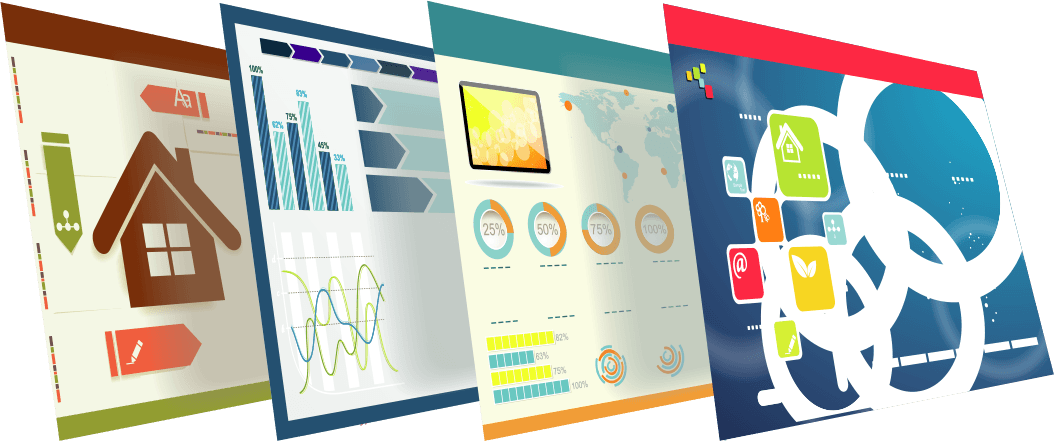Specifying MultiSpeak
Specifying interoperable systems shouldn’t be difficult. Guide specifications are an easy way to ensure that you’re getting the interfaces you’ve purchased. Simply navigate to the Guide Specifications section of the MultiSpeak Marketplace, choose the guide specifications you need, insert the specifications into your RFI, RFQ and PO documents. Note: if you have a MultiSpeak subscription you’ll find the guide specifications in the Purchasing Support section of the “Subscribers” website.
Overview
For a general overview of MultiSpeak V5, download the MultiSpeak Version 5 Interface Map
Using MultiSpeak
For many common enterprise applications, the existing MultiSpeak specification has defined the pertinent interface details vendor products are available that incorporate the specification. Common situations that arise include:
- A commonly used approach for small utilities looking for a quick solution is to use vendor-provided web services. This tactical approach results in fully functional integration between two applications often in only a few hours and at low cost. This a commonly used approach.
- Some utilities have one MultiSpeak-enabled application but the other applications are not integrated. In this case, the utility or a system integrator can develop an adapter for the non-enabled application. This situation will require some development time to ensure that the adapter appropriately implements the MultiSpeak data model, but still full integration can be obtained for little investment.
- Applications that have no existing MultiSpeak web service interfaces will require adapter development. Even in this more involved situation, the semantic foundation and service development work has been provided in MultiSpeak. This is still less expensive than what a traditional custom interface would cost for the same applications.

Extensions to MultiSpeak
MultiSpeak was designed from the ground up to be extensible.
It is easy to add an unlimited number of additional data objects to the data model. You can also extend any existing data object by the addition of an unlimited number of XML attributes and/or XML elements, all without affecting interoperation with other applications that may be unfamiliar with the thus-defined extensions.
It is also easy to add additional web services (to support additional types of applications) and to add new methods to existing web services.
All of these extensibility mechanisms make it possible for a specific utility to build on the established, well-proven foundation of the MultiSpeak data model and service definitions to create those extensions necessary to meet their specific needs.
